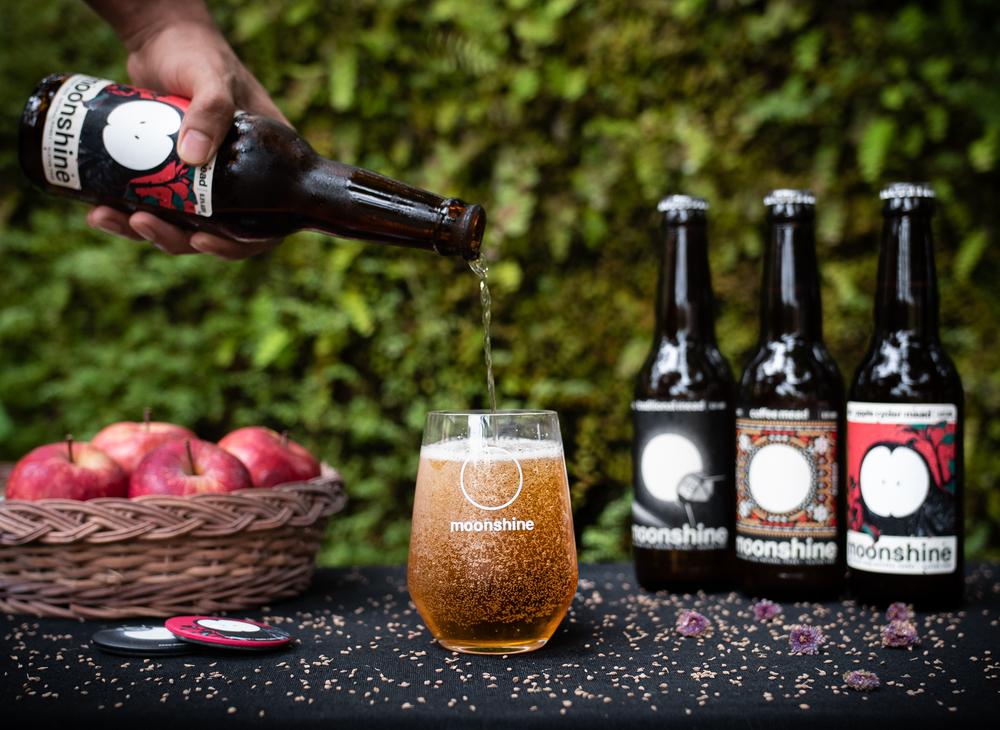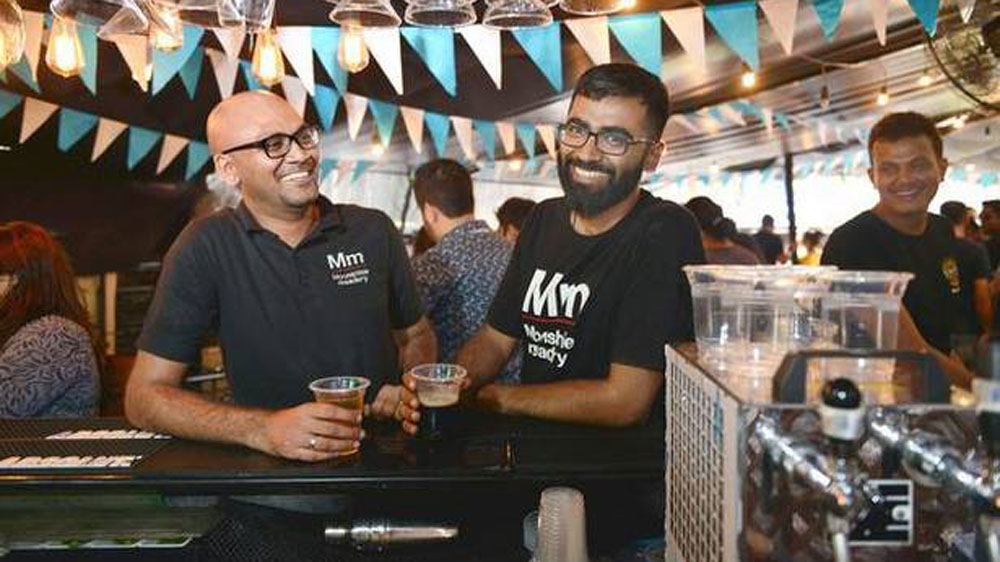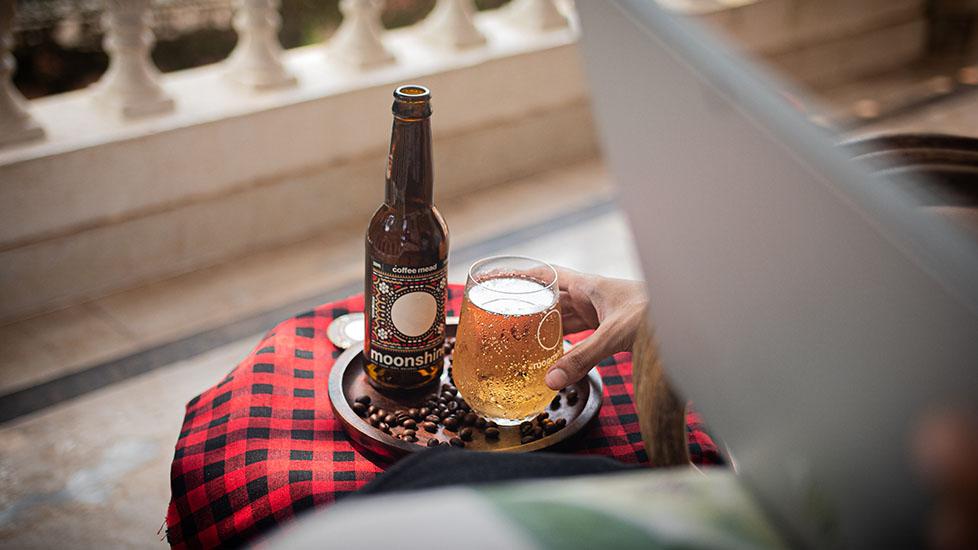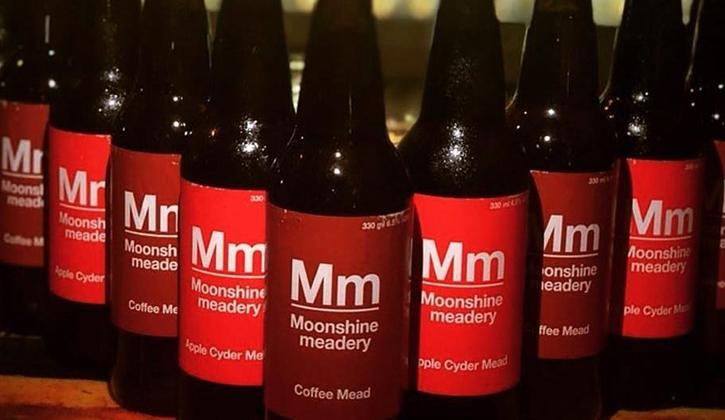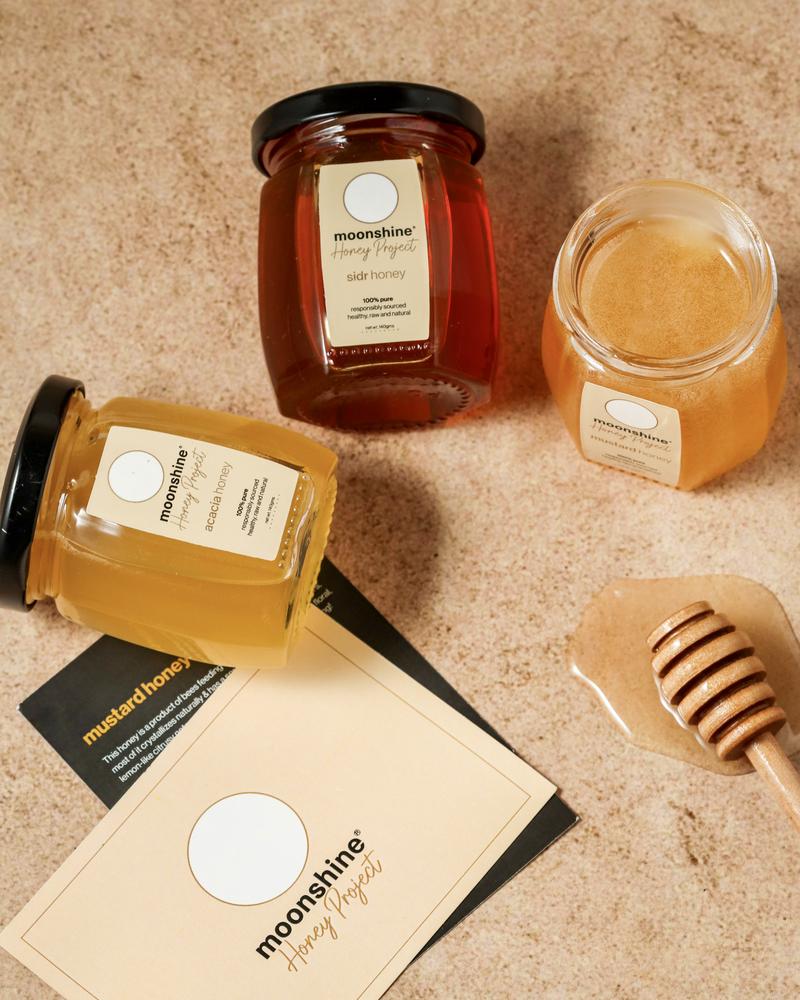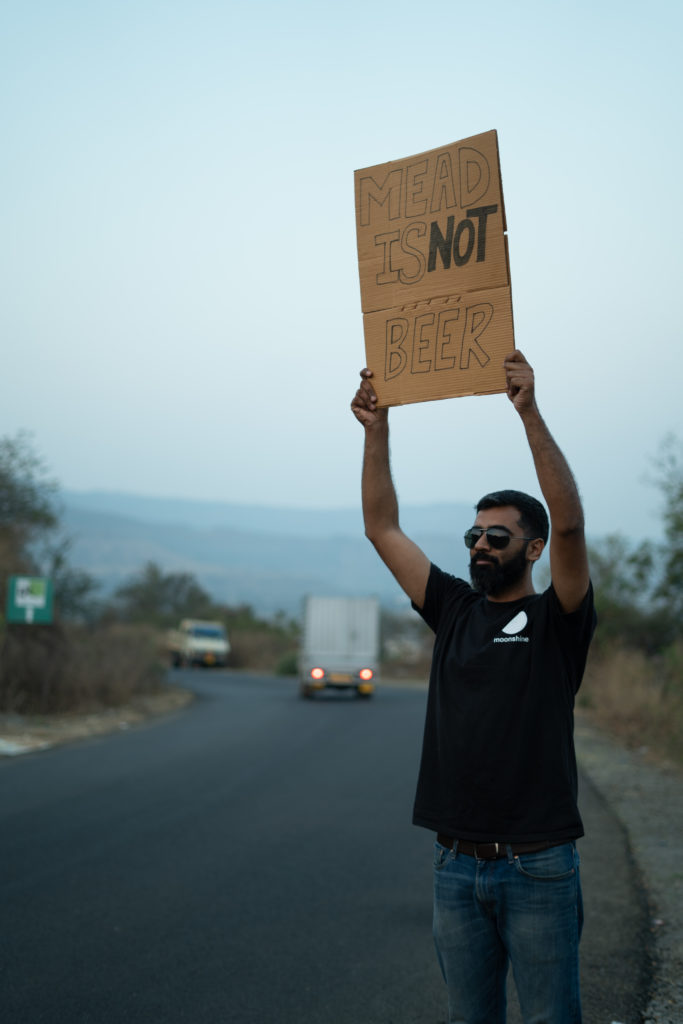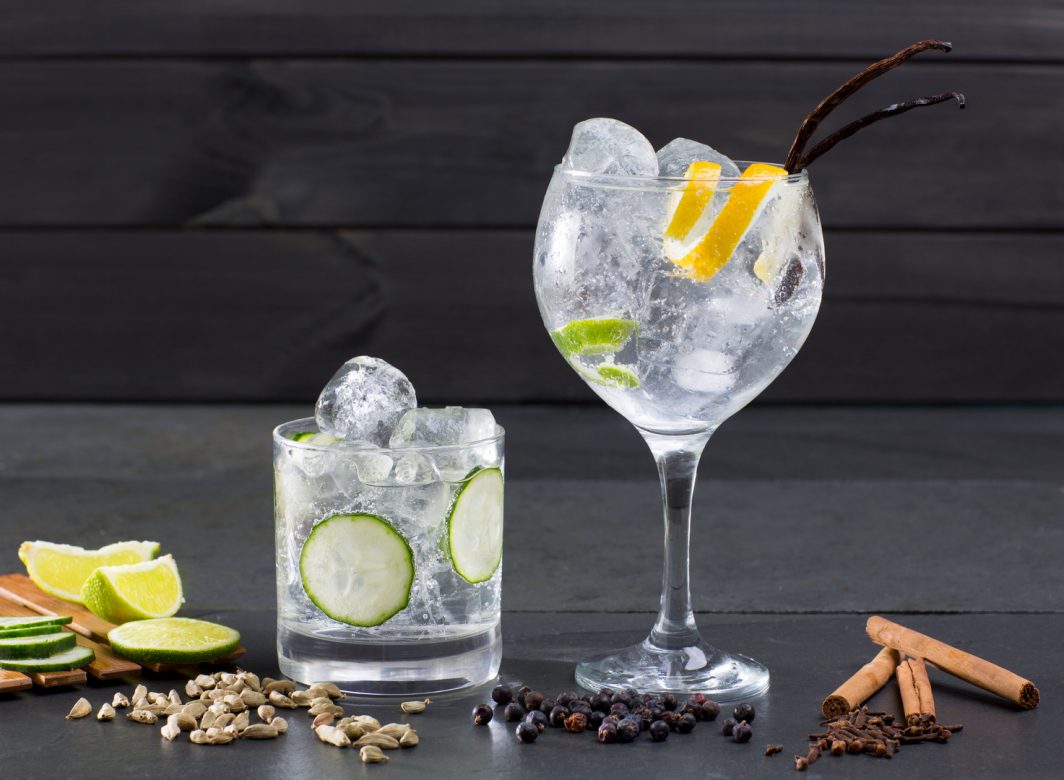Of the ‘coolest’ trends coming out in 2020, one has to be India’s acceptance of wine-in-a-can. Albeit Sula Vineyards putting their 8 years old brand, Dia Sparkling, in cans last year, it really exploded in the markets this year. Fratelli Vineyards joined the party with their canned red, white, sparkling, sparkling rose medium-sweet wines, called TILT, recently. While the packaging, appeal and branding are utterly exciting, wine-in-a-can concept is still in its adolescence, and most believe it may be just too early to comment on its future in the country.
Is it a fad or something to stay, Gagan SHARMA, Certified Sommelier and wine educator explores.
PUTTING WINE IN A CAN – WHO FIRST?
The first official study about the concept was conceived nearly half a decade ago in the US, which remains the biggest wine-in-a-can market. Between 2018-2019 the market has grown by 70% in the US, and 125% in the UK alone. Traditional countries like France and Italy are joining the race as well. Returning to the US, various factors have contributed to the success of this nouveaux category.


One being the ease of carrying, storing, and serving the cans. Add to that their catchy labelling and visuals, which have become absolutely imperative for the social media and Insta-ready generation (after all, they’re the fine wine genes of the future!). Others are the ease of committing to a 180-250-330ml can over a 750ml bottle, which many find a commitment bigger than marriage, or adopting a puppy. Not just the liquid, it is a financial commitment too!!
And then think of the technical jargons one has to record and decipher – the understanding of languages, regions, sub-regions, villages, crus, vintage charts, terroirs, etc. Then comes the NASA-equivalent act of uncorking a bottle, decanting it with panache, and watching it breathe. And what follows next? You drink half, and don’t know how to store the rest, since, you know, spoilage is a science by itself. Eh! Who wants that? It’s intimidating! A peppy looking can, with bright colours, a funky name, ready to rip open, and sip away, while holding a burger, a sub, or an avocado toast in the other hand, that’s more millennial-appropriate.
MILLENNIALS – FOCUS ALL THE WAY
Millennials definitely reign over the biggest portion of this pie. But, they haven’t just stuck to the basics. In 2019, over 60 percent of craft beers were packaged in cans. And cans are becoming the container of choice for beverages, think of water, coffees, soft drinks, beers, etc. Younger consumers are now perceiving cans as premium packaging. Taking advantage of this, winemakers are now making some bold moves of putting premium wines in cans, wines that can be vineyard specific, varietal specific, even vintage dated. What’s even better is that with the replacement of corks, wines don’t fear a chance of cork taint, rapid oxidation, being skunked or light-stuck, or a variety of other such complications. Yet, red wines are still to gather acceptability, the largest group remains roses and whites. Maybe the purists are hesitant to see their beloved Bordeauxs, Super Tuscans, Aussie Cabernets, or prestigious Chilean wines in an aluminium carrier just yet. After all, as we said, we are still waiting and watching.
WINE IN A CAN – AS GOOD AS FROM THE BOTTLE?
To get the stiff old school wine-in-a-bottle drinkers to see the magic of this new avatar, wine-in-a-can producers have been running trials and blind tasting tests to see if the packaging makes any difference in the quality of the liquid. Some have found that it was nearly impossible to tell them apart, giving the industry a much-needed morale boost. It does inch us closer to believing that it may after all not just be a fad, but a trend to stay.
India has added the concept to its repertoire with commendable acceptability. The price point works too. Sula’s Dia retails at INR180 for a 330ml can, at 8% abv. While Fratelli’s TILT is at the same price mark, it pours 250ml, at a higher 11%. Having said that, for the connoisseurs of even the most basic wines they both pose a challenge. One, they both offer only bubbly wines thus far, and the other, that their wines are semi sweet or sweeter. With that comes the problem – how much sugar can you imbibe? Nonetheless, not for once have I seen even the social-drinkers not get excited on seeing the cans and jumping on to try them. If they like it or not is for later, getting enthused and providing instant acceptability is definitely promising.
WHERE DO THEY FIT?
For the hospitality space, these cans offer solutions to a plethora of traditional problems. Be it spoilage, storing, portion size, disposal of glass, confusing glassware and their maintenance, easy service protocols, resolved staff training and development, being great for mini bars, in-room-dining, brunches, pool side parties, at banquets, and much more. However, is it ready to be accepted as that, only time will tell.
Some believe it will be a long wait before they are. And what about their future? Radlers, cocktails, premixes, flavoured wines? Who knows, but there’re definitely possibilities, opportunities, and innovations awaiting. Till then, you must get a can for yourself, of a few maybe, throw them in a chiller, try them for yourself and see if they satiate your wine cravings. Or do you miss the ritual of opening a bottle and a fine sommelier’s story telling too much?

